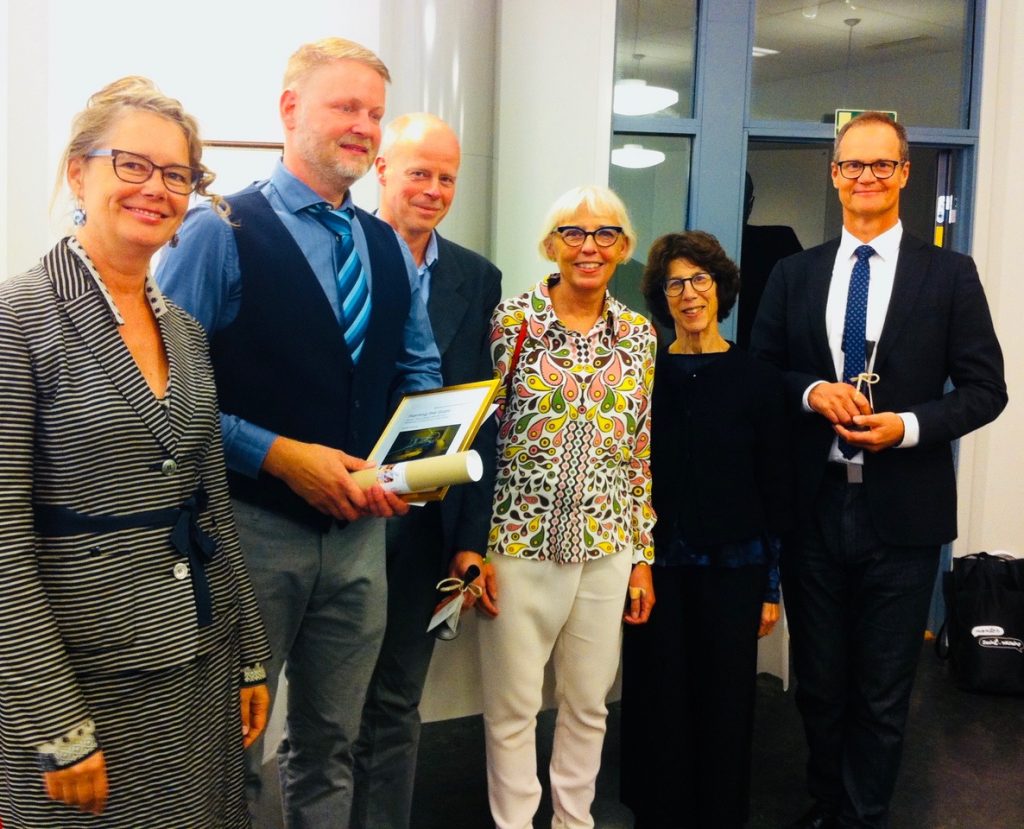Pia Tikka
I had the pleasure to serve as an opponent for the public defense of film editor Thorbjörn Swenberg’s doctoral thesis in Innovation and Design at Mälardalen University, room Raspen (Eskilstuna Campus, Verktyget) at 10.00 on September 15, 2017.
Title: “Framing the Gaze: (Audio-)Visual Design Intentions and Perceptual Considerations in Film Editing”

The faculty examiner is PhD Pia Tikka, Aalto University [Tallinn University, starting Sept 1] and the examining committee consists of Professor Jonas Löwgren, Linköping University, Barbara Tversky, Professor emerita på Stanford University och Professor at Teachers College Columbia University and Docent Tomas Axelson, Dalarna University. Reserve: Docent Peter E Johansson, Mälardalen University.
Abstract
How we perceive a film, and what we focus on when following a film story, is to a great extent dependent on how the film is compiled. In other words, how the film is edited by the film editor. This study has been designed to enable a better understanding of the film editor’s profession, how s/he assesses the edits, as well as how the editing precision influences the attention of the film viewer.
This doctoral thesis shows how a film editor strives to direct the film viewer’s attention across film edits by means of a principle I term “framing the gaze”. The film editor considers perceptual properties of sound and image when s/he processes the audiovisual material. Either, the viewer should notice a passing edit, or the shots joined into a film sequence should be merged in a seamless manner so that they are experienced as one ongoing flow of moving image, without breaks between shots. This is called continuity.
In compiling each edit, the editor decides whether that particular edit should be noticeable, or not, depending on his/her intention. The question is, how meticulous the editor must be about the point where shots meet if the edit is to remain un-noticed, and how the best precision is achieved.
In this study, a documentary film sequence is edited by a film editor, and the process, including the considerations made about each edit, has been recorded. The editing process and the film sequence are then discussed by the researcher and the editor together. In this thesis, film editing is thus considered as a kind of design work, which is a new approach to analysing film editing.
When the film sequence in the study was screened before a test audience, accompanied by a version of the sequence with less precision at the edit points, the film viewers’ gazes varied according to the precision of the edits. Less precision (as in the altered version) rendered signs of high cognitive load, and, hence, poor understanding of the film.
The conclusion of this research is that the film editor’s perceptual precision at the edit point is crucial for reaching his/her intention regarding the film viewer’s gaze. When the perceptual precision is low, it is likely that the film viewer does not experience continuity.
Thus, the study demonstrates how tiny audiovisual details can make a huge impact in film editing, giving us a better understanding of how film editors think and work. We also gain some tentative implications for the role of perception in other kinds of design work.
More here.


